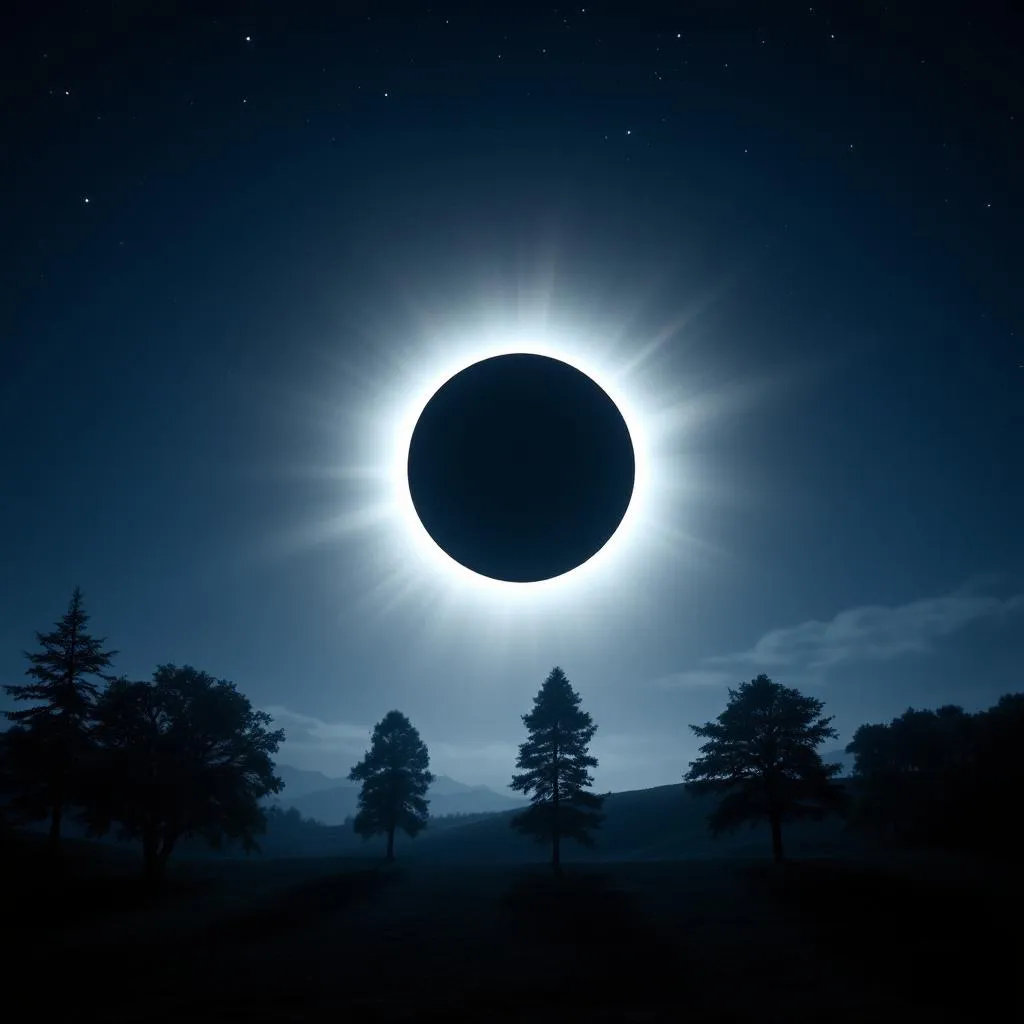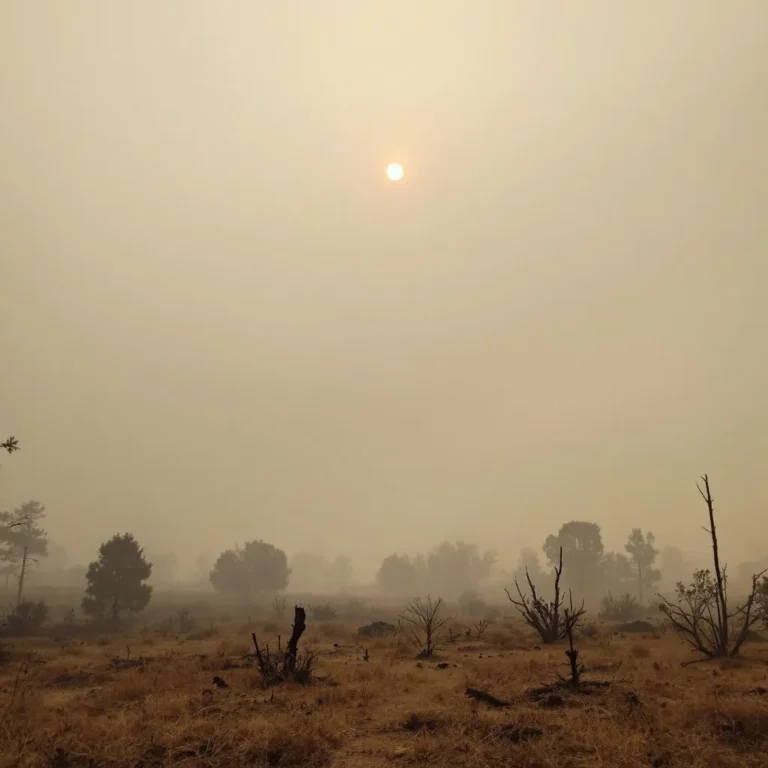
2025 is shaping up to be a thrilling year for astronomy enthusiasts and casual stargazers alike, featuring not just one but two spectacular solar eclipses. These dramatic celestial events, where the moon partially or fully obscures the sun, provide breathtaking views and a unique experience that connects us to the cosmos.
The first solar eclipse of the year will occur on March 29, 2025. This will be a partial solar eclipse visible primarily across the western parts of the Northern Hemisphere, including North America and parts of Europe such as the UK, where up to 40% of the sun will be covered by the moon. Such an eclipse offers an incredible chance for those in these regions to witness the moon sliding in front of the sun’s dazzling surface—a sight that not only captivates but also serves as a perfect reminder of the renewed cycles of our solar system. The Royal Observatory Greenwich plans to live stream this event, providing access to the spectacle for those unable to witness it firsthand.
The second solar eclipse of 2025 is slated for September 21 and will be a partial eclipse observable over Australia, Antarctica, and parts of the Pacific and Atlantic Oceans. Though not a total eclipse, this celestial event is equally fascinating, allowing people in these regions an opportunity to watch the moon dim part of the sun’s light, creating an awe-inspiring dusk-like effect during the day.
Alongside these solar wonders, 2025 will also gift the skywatchers with two lunar eclipses. This balance of solar and lunar eclipses in a single year offers a rich calendar of astronomical events to both watch and study.
For those who are curious and inspired, these eclipses offer more than just a visual spectacle. They are moments for reflection on the cosmic dance of our planet and its satellite, and the precise alignment that allows such events to occur.
If you are planning to witness these eclipses, remember to never look directly at the sun without proper eye protection, such as ISO-certified solar viewing glasses, to avoid serious eye damage.
Mark your calendar for March 29 and September 21, 2025, and prepare to be amazed by these magnificent reminders of the universe’s vast and beautiful complexities.




